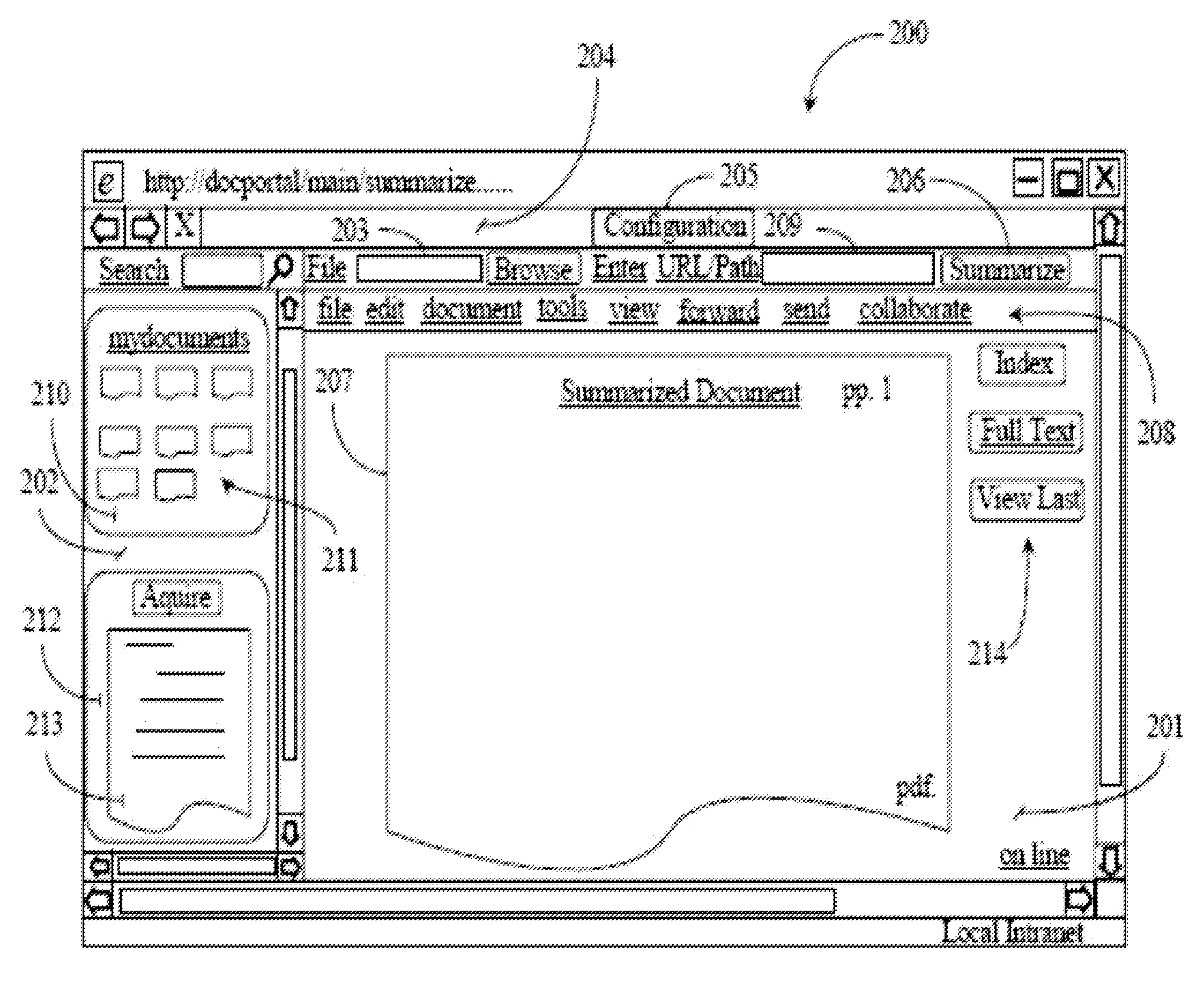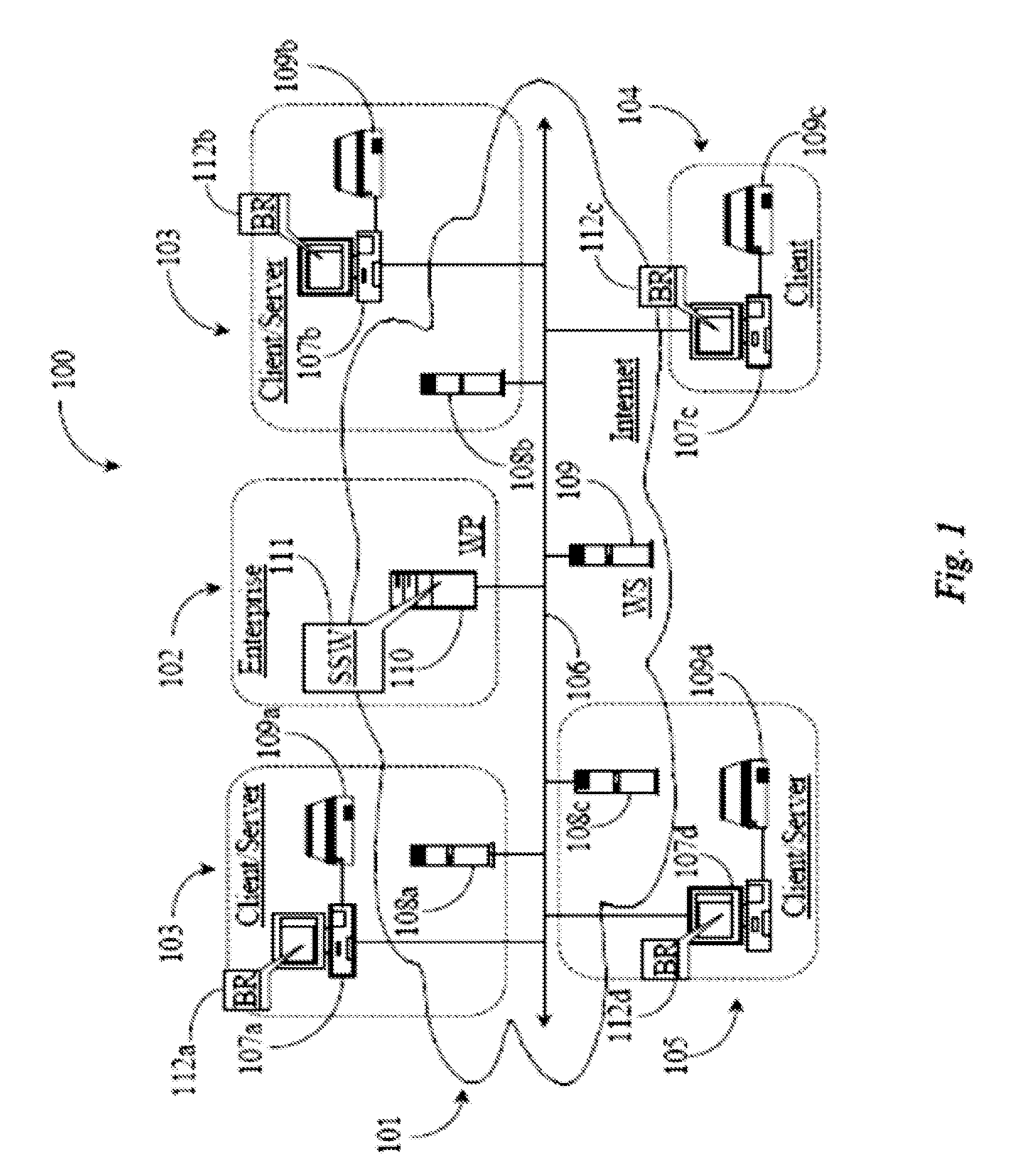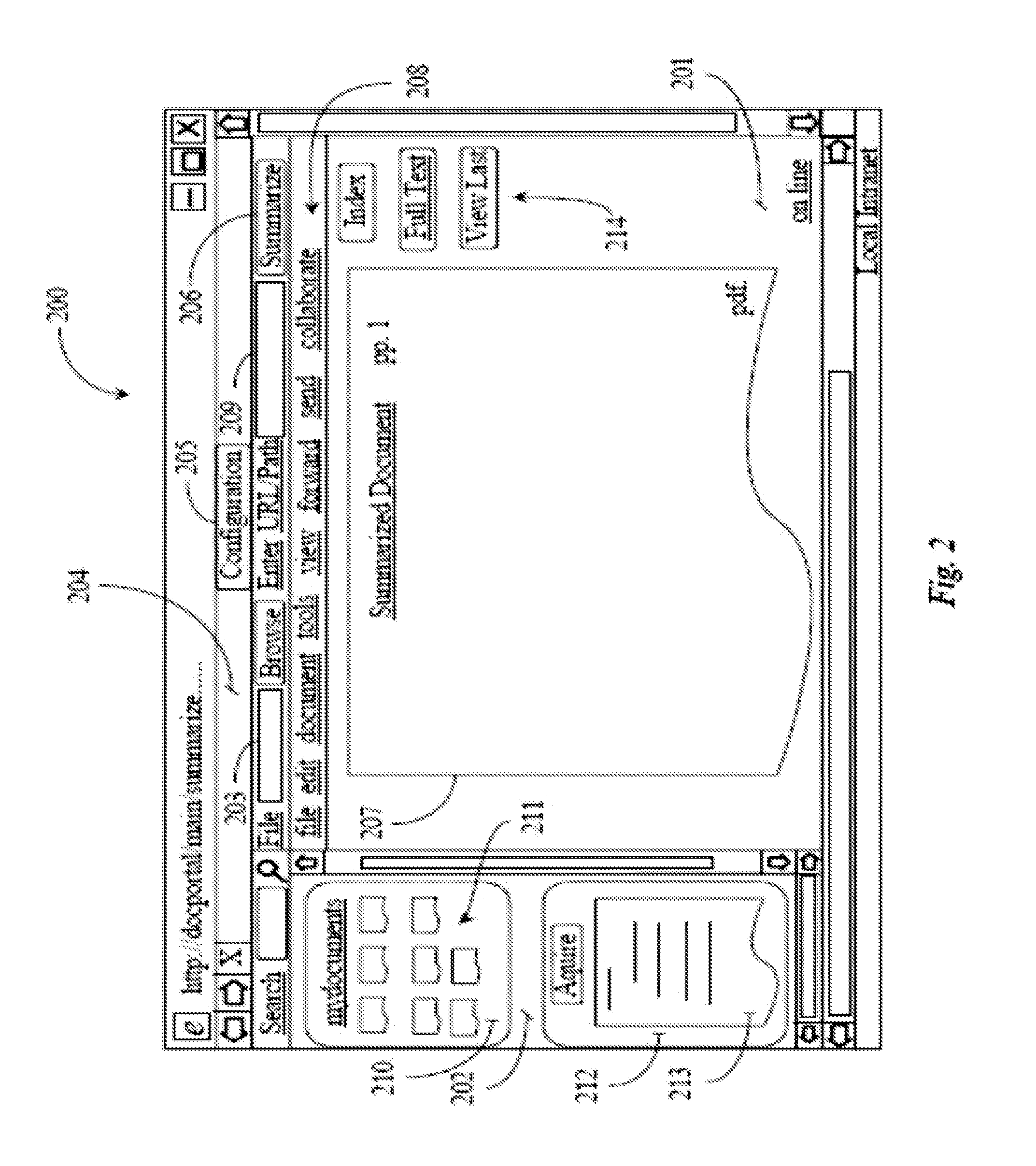Knowledge acquisition nexus for facilitating concept capture and promoting time on task
a technology of concept capture and knowledge acquisition, applied in the field of knowledge acquisition, can solve the problems of inordinate time it takes a student, laborious manual transcription process, inability to capture concepts, etc., and achieve the effect of short attention span, eliminating note taking, and improving subject's ability to recogniz
- Summary
- Abstract
- Description
- Claims
- Application Information
AI Technical Summary
Benefits of technology
Problems solved by technology
Method used
Image
Examples
example 1
[0363]Exhibit A:
[0364]Shown in FIGS. 6A, 6B and 6C are three jpeg images captured from 3 sequential pages of a contract law textbook with a 5 megapixel back camera of the iPAD3™ using desktop lighting with default camera setting. These jpeg images are imported into the OCR program (FINEREADER 9.0 Professional™) and summarized with the Megaputer™ Summarizer.
[0365]Exhibit B:
[0366]Shown below is the conversion of the above printed text acquired with the iPAD3™ converted to editable text in WORD format by OCR program ABBYY Professional 9.0™.
Patents
[0367]Through a patent, the Federal government grants an inventor a monopolistic right to make, use, or sell an invention to the absolute exclusion of others for the period of the patent, which currently is fourteen years for design patents and seventeen years for all others. The patent owner may also profit by licensing others to use the patent on a royalty basis. The patent may not be renewed, however: upon expiration, the invention enters t...
example 2
[0396]Exhibit A.
[0397]FIG. 7 shows original Text with curved surface and suboptimal desktop lighting acquired with Canon IXY Digital 800IS 6 megapixel camera using settings described in the text. Note curved surface and variable lighting as user would encounter photographing from a café or library without professional lighting.
[0398]Exhibit B.
[0399]Conversion of the above image with OCR to unformatted text. Note despite curved surface and poor lighting, the OCR program converted the image to editable text without significant error. This document is now ready for digital summarization.
Removal of Directors
[0400]a majority vote>> shareholders may remove any director or the entire board of directors, with or without cause, in a meeting called for that purpose—In the case of a corporation having cumulative voting, however, a director may be removed only if the number of votes opposing his removal would be insufficient to elect him. Section 8.08(c). Removal of directors is discussed more ...
example 3
Printed Matter Acquisition with Ultra-Compact Digital Camera
[0403]FIGS. 8A and 8B show four text pages (each 10″×7″) from a textbook on Business Law Documents that were photographed using a FCCE™ ultra compact digital camera with the following specifications: Lens specification: CMOS 2408×1536 Pixels (3.2M pixels); Focus Range: Normal: 1.5 m to infinity, Macro: 50 cm; Exposure Control: Automatic / Manual (−2EV-2EV); Storage Capacity: XXL 12.0M 400×3000 Pixels; XL 0.0M 3456×2592 Pixels; L 6.0 M 2848×2136 Pixels; M 3.2 M 2048×1536 Pixels; S XVGA 1600×1200 Pixels.
[0404]The textbook page images are converted by the camera software into jpeg format The camera position and settings used to acquire the images below were as follows: (i) “macro” lens setting, (ii) picture size: large (2848×2136) (iii) superfine compression setting (iv) lighting setting: “0” (v) camera held approximately 14-18 inches above the center of text (vi) no zoom (vii) image encased in monitor screen. With these setting...
PUM
 Login to View More
Login to View More Abstract
Description
Claims
Application Information
 Login to View More
Login to View More - R&D
- Intellectual Property
- Life Sciences
- Materials
- Tech Scout
- Unparalleled Data Quality
- Higher Quality Content
- 60% Fewer Hallucinations
Browse by: Latest US Patents, China's latest patents, Technical Efficacy Thesaurus, Application Domain, Technology Topic, Popular Technical Reports.
© 2025 PatSnap. All rights reserved.Legal|Privacy policy|Modern Slavery Act Transparency Statement|Sitemap|About US| Contact US: help@patsnap.com



